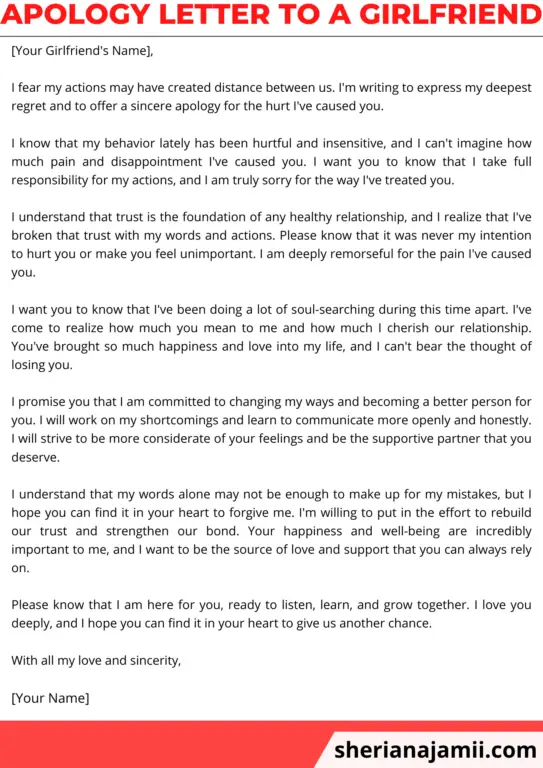This is a comprehensive guide to the summary procedure in Tanzania.
This guide will help you to understand everything you need to know about the summary procedure easily.
Here you will learn the meaning of the summary procedure and how to institute a summary suit
Jump to section
what is the summary Procedure?
The summary procedure is a procedure in civil suits which allows the court to entertain proceedings in a summary nature whereby the defendant doesn’t have an automatic right to defend himself.
Transform Your Communication, Elevate Your Career!
Ready to take your professional communication skills to new heights? Dive into the world of persuasive business correspondence with my latest book, “From Pen to Profit: The Ultimate Guide to Crafting Persuasive Business Correspondence.”

What You’ll Gain:
The suit which is instituted through a summary procedure is called a summary suit and the judgment obtained through a summary procedure/suit is called a summary judgment.
This is a procedure that goes contrary to the principle that “no party should be condemned unheard” it is a procedure that is shorter than a normal trial as the suit doesn’t go through all processes of trial.
The law which governs summary procedure in Tanzania is Civil Procedure Code [CAP 33 R.E 2002] under Order 35 {hereinafter referred to as C.P.C}
The primary aim of a summary suit is to prevent unreasonable obstruction by a defendant who has no defense.
In the case of ZALLA V. RALLI BROTHERS LTD (1969) E. A 691 it was stated that the purpose of a summary suit is to enable the plaintiff with a liquidated claim to obtain a quick and summary judgment without being unnecessarily kept from what is due to him by the delaying tactics of the defendant.
Summary the procedure is only confined and restricted to suits of negotiable instruments such as a recovery of electricity bills, bills of exchange, cheques, and promissory notes per order 35 r 1 of C.P.C.
Procedures for instituting a summary suit
The following are the procedures for instituting a summary suit.
Plaint
The summary suit must be instituted in the usual form of the plaint, but endorsement and the statement to show that the suit is instituted under summary procedure must be provided in the plaint.
The plaintiff has to ask for summary judgment right from the beginning of preparing and presentation of the plaint. If the judge or magistrate to whom the application is made considers there is any reasonable ground of defense to claim, the plaintiff will not be entitled to summary procedure/judgment.
Summons
Upon receiving the plaint under the summary procedure, the summons shall be issued to the defendant informing him that unless he obtains leave from the court to defend the suit, the decision may be given against him and he shall also be informed of the manner in which the application for leave to defend is made.
Application for Leave to Defend
After getting a summons the defendant asks for leave to appear and defend.
This is done by way of chamber summons supported by affidavit. Within twenty-one days from the date of service of summons.
He should be able to convince the court that there are triable issues that make/ a suit to a full hearing. In law, a triable issue is not only an issue that should succeed. The triable issue is a contestable issue, not necessarily an issue to succeed.
For example summary suit on a cheque is sufficient for the defendant to show that he may refuse to leave to appear and defend altogether.
Also, the fact that the defendant may have the right to indemnity or contribution against a third party in respect of the defendant’s liability to the plaintiff does not imply a denial of the plaintiff of his right to summary procedure against him.
The right to summary judgment is independent of whether the defendant is entitled to any third-party procedure under Order I R 14.
Leave to Defend
Where an application duly supported by an affidavit has been filed and such affidavit discloses such facts as would make it incumbent on the holder to prove consideration, where the suit is on a bill of exchange or a promissory note or such facts as the court may deem sufficient to support the application, the court must grant leave to appear and defend, and such leave may be given unconditionally or subject to that terms as to payment into court, giving security, framing or recording issues or otherwise as the court thinks fit (Order 35 r 3(1) and (2) of C.P.C.)
Circumstances in Which Leave Is Granted Conditionally
Normally, where the defendant has shown in his affidavit accompanying the application that there is a bonafide triable issue, leave to defend should be given unconditionally.
In the case of CAMILLE V.MERALI (1968) E.A 314 in which Spry J. A .said, on p 491 the general rule is that that leave to defend should be given unconditionally unless there is good ground for thinking that the defenses put forward are no more than a sham, and it must be more than mere suspicions.
The High Court of Tanzania in the case of THSSEN-STAHLUNION EXPORT V. KIBO WIRE INDUSTRIES (1973) L.R.T 54 reiterated the principle that where the defendant can show that the affidavit discloses a bonafide triable issue, he should defend that issue unconditionally but that a condition can be imposed where the court believes that the defense setup is a sham.
Summary Judgment
Ordinarily, after the expiration of twenty-one days from the date the summons was served on, the defendant in a suit instituted under the summary procedure, the court will, on the application of the plaintiff enter a judgment for the plaintiff as prayed, if that time the defendant has not filed an application for leave to appear and defend the suit.
Set aside Summary Judgment
However, even after a decree has been issued, the court may, under special set it aside and if necessary, stay or set aside execution, and may give leave to the defendant to appear to the summons and to defend the suit. if it seems reasonable to the court to do so, and on such terms as the court s thinks fit (Order 35 r 4 of C.P.C.)
As the wording of the rule suggests, a decree will only be set aside from these provisions in special circumstances, and where it could be reasonable to do so.
In the case of PATEL AND CO. V. AFRICAN COTTON CORPORATION LTD (1933) 5 U.L.R 6 it was held that except in exceptional circumstances, a judgment should not be set aside without giving the plaintiff an opportunity to oppose the setting aside.




